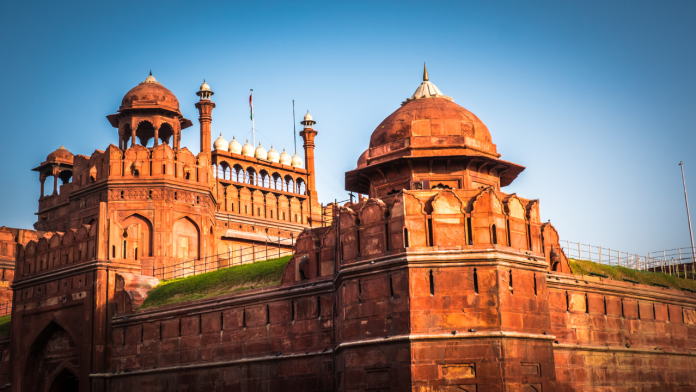Introduction to Indo-Islamic Architecture
Indo-Islamic architecture, also known as Indo-Saracenic architecture, is a remarkable style that emerged in the Indian subcontinent during the medieval period. This unique architectural form represents the amalgamation of Islamic and Indian architectural traditions, resulting in a rich and diverse cultural expression.
Historical Background
The roots of Indo-Islamic architecture can be traced back to the arrival of Islam in India, which significantly influenced the architectural landscape. It began to flourish around the 12th century when Islamic rulers established their rule in various parts of the Indian subcontinent.
Architectural Elements of Indo-Islamic Architecture
Dome Structures
One of the distinctive features of Indo-Islamic architecture is the extensive use of domes. These domes, often bulbous in shape, are symbolic of Islamic architectural influence.
Minarets
Tall, slender minarets are another key element, serving both functional and aesthetic purposes. They are often adorned with intricate designs and serve as calling points for prayer.
Arches
Arches, both pointed and horseshoe-shaped, are widely used in this style, adding grace and elegance to the structures.
Influences on Indo-Islamic Architecture
Persian Influence
The Persian architectural style brought by early Islamic rulers played a significant role in shaping Indo-Islamic architecture. The influence is visible in the intricate carvings and geometric patterns.
Indian Influence
Indigenous Indian architectural elements, such as intricate stone carvings and the use of local materials, were seamlessly integrated into Indo-Islamic structures.
Mughal Architecture
Taj Mahal
The iconic Taj Mahal, built by Emperor Shah Jahan, is the epitome of Mughal architecture, blending Indo-Islamic features with Persian elements, creating a monument of unparalleled beauty.
Red Fort
The Red Fort in Delhi is another masterpiece of Mughal architecture, known for its grandeur and intricate designs.
Deccan Sultanate Architecture
The Deccan Sultanate rulers also made significant contributions to Indo-Islamic architecture. Their structures are known for their unique styles and the use of local materials.
Indo-Islamic Architecture in Northern India
The northern part of India witnessed the flourishing of this style under the patronage of various rulers. This led to the construction of magnificent forts, palaces, and mosques.
Indo-Islamic Architecture in Southern India
In the southern part of the country, a distinct style of these architecture developed, characterized by its intricate stone carvings and the use of Dravidian architectural elements.
Blend of Cultures and Styles
These architecture serves as a beautiful example of the harmonious coexistence of different cultures and styles. It reflects the rich history of India’s cultural diversity.
The Grandeur of Indo-Islamic Architecture
The grandeur and magnificence of Indo-Islamic structures have made them enduring symbols of India’s architectural heritage. They continue to awe and inspire people from around the world.
Preservation Efforts
In recent years, there have been concerted efforts to preserve and restore Indo-Islamic architectural wonders. Conservationists work tirelessly to maintain the beauty and historical significance of these structures.
Contemporary Influence
These architecture continues to influence modern Indian architectural designs, showcasing its enduring impact on the country’s built environment.
Conclusion
These architecture in India stands as a testament to the rich cultural amalgamation that has shaped the nation’s history. Its unique blend of Islamic and Indian elements has left a lasting legacy in the architectural landscape.
FAQs
- 1. What are some famous examples of Indo-Islamic architecture in India?
- The Taj Mahal and the Red Fort are two iconic examples.
- 2. How did Persian architecture influence Indo-Islamic architecture in India?
- Persian influence can be seen in intricate carvings and geometric patterns.
- 3. What are some key features of Indo-Islamic architecture?
- Domes, minarets, and arches are distinctive elements.
- 4. How has Indo-Islamic architecture influenced contemporary Indian architecture?
- It continues to inspire modern designs, showcasing its enduring impact.
- 5. Are there preservation efforts in place to protect Indo-Islamic architectural wonders?
- Yes, there are ongoing efforts to maintain and restore these historical structures.



